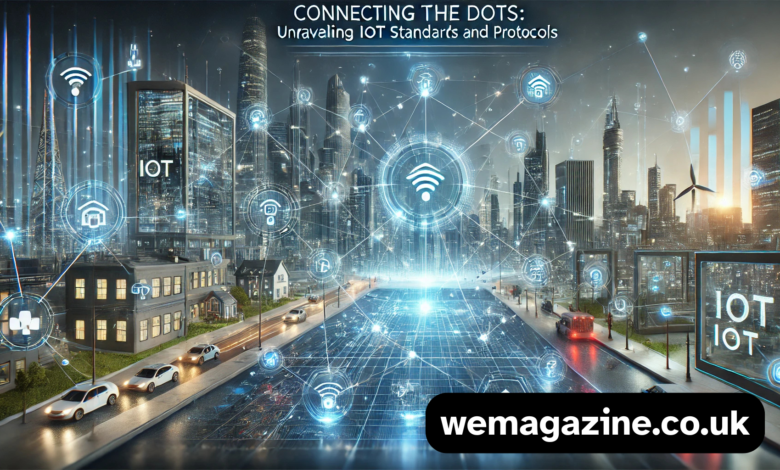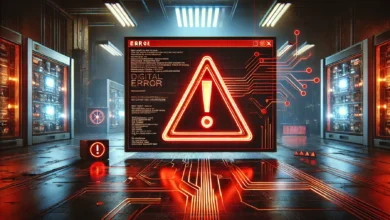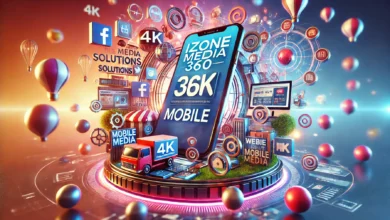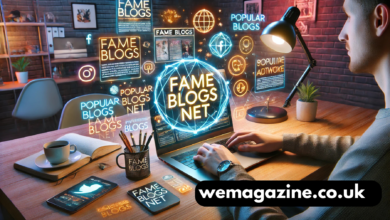Connecting the Dots: Unraveling IoT Standards and Protocols

The Internet of Things (IoT) has become a transformative force across industries, reshaping how devices, systems, and humans interact. At the core of IoT’s functionality are its standards and protocols, which ensure seamless communication, interoperability, and efficiency. This article explores how these frameworks connect the dots, enabling IoT ecosystems to thrive.
Let’s delve into “connecting the dots: unraveling IoT standards and protocols”, examining their significance, common frameworks, and emerging trends.
Understanding IoT Standards and Protocols
IoT standards and protocols are the backbone of the IoT ecosystem. They define the rules, formats, and technologies that govern communication between devices and networks, enabling a unified approach to connectivity.
Key Components of IoT Communication
- Device-to-Device Communication: Direct interaction between IoT devices, such as sensors and controllers.
- Device-to-Cloud Communication: Devices connect to cloud platforms for data storage, processing, and analytics.
- Device-to-Gateway Communication: Data is routed through gateways before reaching the cloud or other devices.
Why Are Standards and Protocols Important?
- Interoperability: Ensure devices from different manufacturers can work together.
- Scalability: Enable IoT systems to expand without compatibility issues.
- Security: Standardized protocols provide a foundation for secure communication.
- Efficiency: Minimize resource consumption while maximizing performance.
Popular IoT Standards and Protocols
Here are some of the most widely used IoT standards and protocols categorized by their functions:
1. Networking Protocols
These protocols manage data transmission over networks.
- Wi-Fi: Common for home IoT devices, offering high-speed connectivity.
- Zigbee: A low-power protocol ideal for smart home applications like lighting and security.
- Bluetooth Low Energy (BLE): Used in wearables and short-range devices due to its energy efficiency.
- LoRaWAN: A long-range protocol designed for wide-area networks, suitable for agricultural and industrial IoT.
2. Communication Protocols
These protocols define how devices exchange data.
- MQTT (Message Queuing Telemetry Transport): Lightweight and efficient, MQTT is widely used for remote monitoring in IoT.
- CoAP (Constrained Application Protocol): Designed for low-power and resource-constrained devices, CoAP supports HTTP-like functionality.
- HTTP/HTTPS: Still relevant for IoT, especially in web-based applications, despite being heavier than other protocols.
3. Data Protocols
These standards handle data formatting and processing.
- JSON (JavaScript Object Notation): A lightweight data-interchange format for transmitting structured data.
- XML (Extensible Markup Language): More verbose than JSON but still used in IoT for complex data representation.
- Protobuf: A compact and efficient protocol used in high-performance IoT systems.
4. Industrial IoT Protocols
Industrial applications have specific requirements for reliability and scalability.
- Modbus: A legacy protocol widely used in industrial automation.
- OPC-UA (Open Platform Communications – Unified Architecture): Facilitates secure and reliable data exchange in industrial environments.
- EtherCAT: Designed for real-time industrial automation systems.
Challenges in IoT Standards and Protocols
While IoT protocols are critical for system functionality, they face several challenges:
1. Lack of Universal Standards
With numerous organizations developing protocols, fragmentation remains a significant issue. This lack of standardization complicates interoperability.
2. Security Concerns
IoT devices often lack robust security features, making them vulnerable to cyberattacks. Protocols must incorporate encryption, authentication, and regular updates.
3. Power Efficiency
IoT devices are frequently resource-constrained. Protocols need to balance performance with low power consumption.
4. Scalability
As IoT networks grow, protocols must accommodate increasing device numbers and data volumes without compromising performance.
Emerging Trends in IoT Standards and Protocols
The IoT landscape is continuously evolving, bringing new developments in standards and protocols:
1. 5G Integration
With its ultra-low latency and high-speed capabilities, 5G is poised to revolutionize IoT communication. Protocols are adapting to leverage this technology for real-time applications like autonomous vehicles and smart cities.
2. Edge Computing
Protocols are evolving to support edge computing, where data processing occurs closer to the devices. This reduces latency and enhances efficiency.
3. Blockchain for IoT
Blockchain integration is emerging as a solution for IoT security and data integrity. Protocols incorporating blockchain can enhance trust in device communication.
4. AI-Driven Protocol Optimization
Artificial Intelligence (AI) is being used to optimize IoT protocols, improving performance and reducing energy consumption.
Real-World Applications of IoT Standards and Protocols
IoT standards and protocols are instrumental in various industries:
1. Smart Homes
- Protocols Used: Zigbee, Wi-Fi, MQTT
- Applications: Smart lighting, thermostats, and home security systems rely on standardized communication.
2. Healthcare
- Protocols Used: BLE, CoAP, HTTPS
- Applications: Wearable health monitors and connected medical devices ensure patient care and data accuracy.
3. Agriculture
- Protocols Used: LoRaWAN, Modbus
- Applications: IoT enables precision farming, with protocols supporting sensors for soil health and weather monitoring.
4. Manufacturing
- Protocols Used: OPC-UA, EtherCAT
- Applications: Smart factories rely on robust protocols for automation and real-time analytics.
FAQs About Connecting the Dots: Unraveling IoT Standards and Protocols
Q1: What is the most commonly used protocol in IoT?
A: MQTT is among the most popular protocols due to its lightweight nature and efficiency, making it ideal for IoT devices with limited resources.
Q2: Why are IoT standards necessary?
A: IoT standards ensure interoperability, scalability, and security across devices and networks, enabling cohesive systems.
Q3: How do IoT protocols ensure security?
A: IoT protocols incorporate encryption, authentication, and secure communication methods to safeguard data and prevent unauthorized access.
Q4: Can different IoT devices communicate using separate protocols?
A: Yes, through gateways and middleware, devices using different protocols can communicate within an IoT ecosystem.
Q5: What is the role of 5G in IoT protocols?
A: 5G enhances IoT by providing ultra-fast, low-latency connections, enabling real-time applications like autonomous vehicles and smart grids.
Conclusion
“Connecting the dots: unraveling IoT standards and protocols” highlights the essential role of these frameworks in creating functional, efficient, and secure IoT ecosystems. From smart homes to industrial automation, IoT standards and protocols drive innovation and connectivity. As technology evolves, emerging trends like 5G, edge computing, and blockchain will continue to shape the future of IoT communication.
By understanding and adopting the right IoT standards and protocols, businesses and developers can unlock the full potential of the Internet of Things, ensuring a smarter and more connected world.
You may also read.
Houston Rockets vs Lakers Match Player Stats
Connecting the Dots: Unraveling IoT Standards and Protocols




